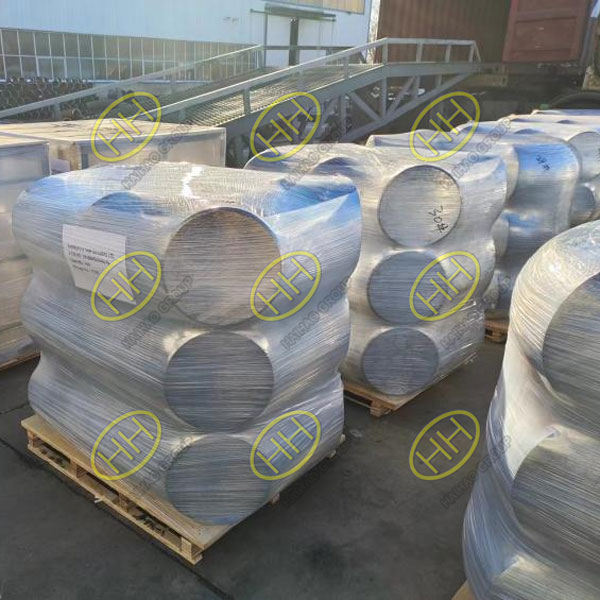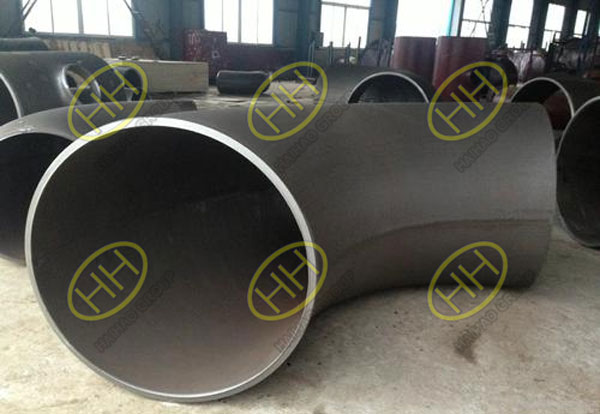What is the difference in quality control for seamless and welded pipe fittings
In piping systems, both seamless and welded pipe fittings play essential roles. However, their manufacturing processes differ, and as a result, their quality control requirements also vary. This article will highlight the key differences in the inspection and testing of seamless and welded pipe fittings.
1.Seamless Pipe Fittings
Seamless pipe fittings are made from a single piece of material, which eliminates the need for welding. The quality control process for seamless fittings primarily focuses on:
Material Testing: Ensuring that the material meets the required chemical composition (e.g., ASTM, ASME standards).
Dimensional Inspection: Verifying the size and shape of the fittings.
Mechanical Testing: Ensuring tensile strength, yield strength, and elongation meet industry standards.
Surface Inspection: Checking for any visible defects such as cracks or pitting.
While ultrasonic testing (UT) may be used for internal defects, seamless fittings generally require fewer non-destructive tests than welded fittings.
2.Welded Pipe Fittings
Welded pipe fittings are created by joining two or more pieces of pipe using welding processes. Due to the presence of welds, these fittings require additional quality control measures:
Weld Inspection: Visual inspection and non-destructive testing (such as X-ray or ultrasonic testing) to detect internal defects in the welds.
Weld Strength Testing: Tensile tests and bend tests to ensure the strength of the weld.
Dimensional and Surface Inspection: Like seamless fittings, welded fittings are also checked for size and surface defects, but special attention is given to the welded areas.
Post-Weld Heat Treatment (PWHT): Some welded fittings require heat treatment to relieve stress and improve the weld’s mechanical properties.
3.Key Differences
Welded vs. Non-Welded: Seamless fittings do not require inspection of welds, while welded fittings need extensive checks for the quality of the weld.
Inspection Methods: Welded fittings undergo more rigorous non-destructive testing (e.g., ultrasonic, X-ray) and destructive testing (e.g., tensile, bend), while seamless fittings typically require fewer tests.
Focus of Inspection: For seamless fittings, quality control mainly focuses on the material and dimensional accuracy. For welded fittings, it extends to the integrity of the welds.
While both seamless and welded pipe fittings are essential for piping systems, welded fittings require more complex and rigorous quality control due to the additional welding process. Understanding these differences ensures that the appropriate tests are conducted to guarantee the safety, reliability, and efficiency of the piping system.


